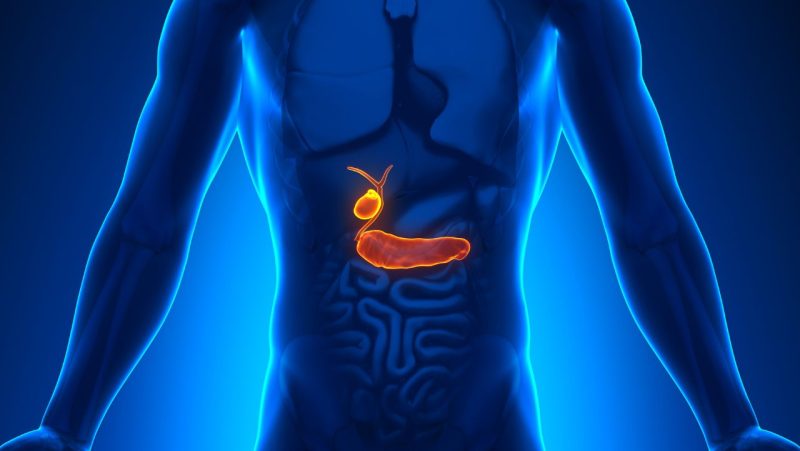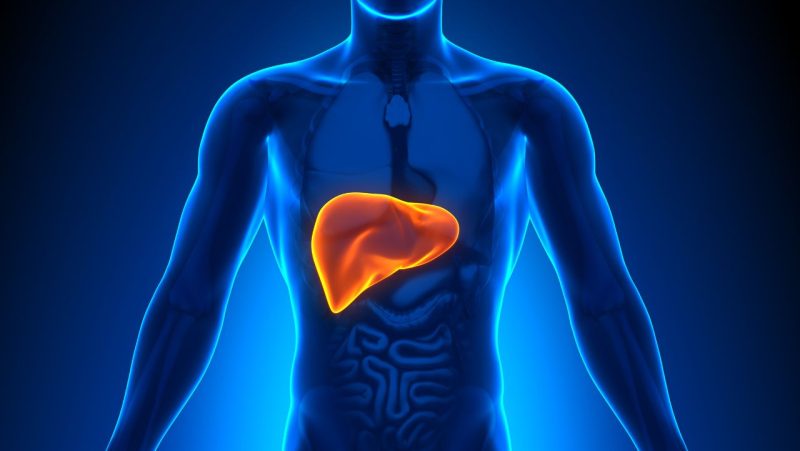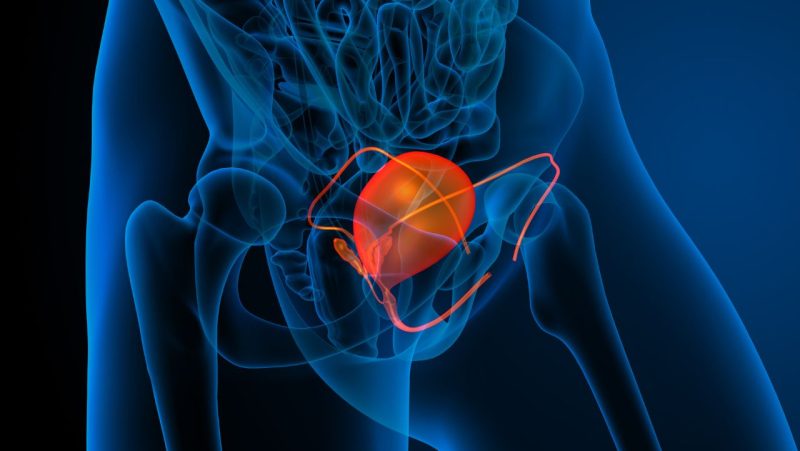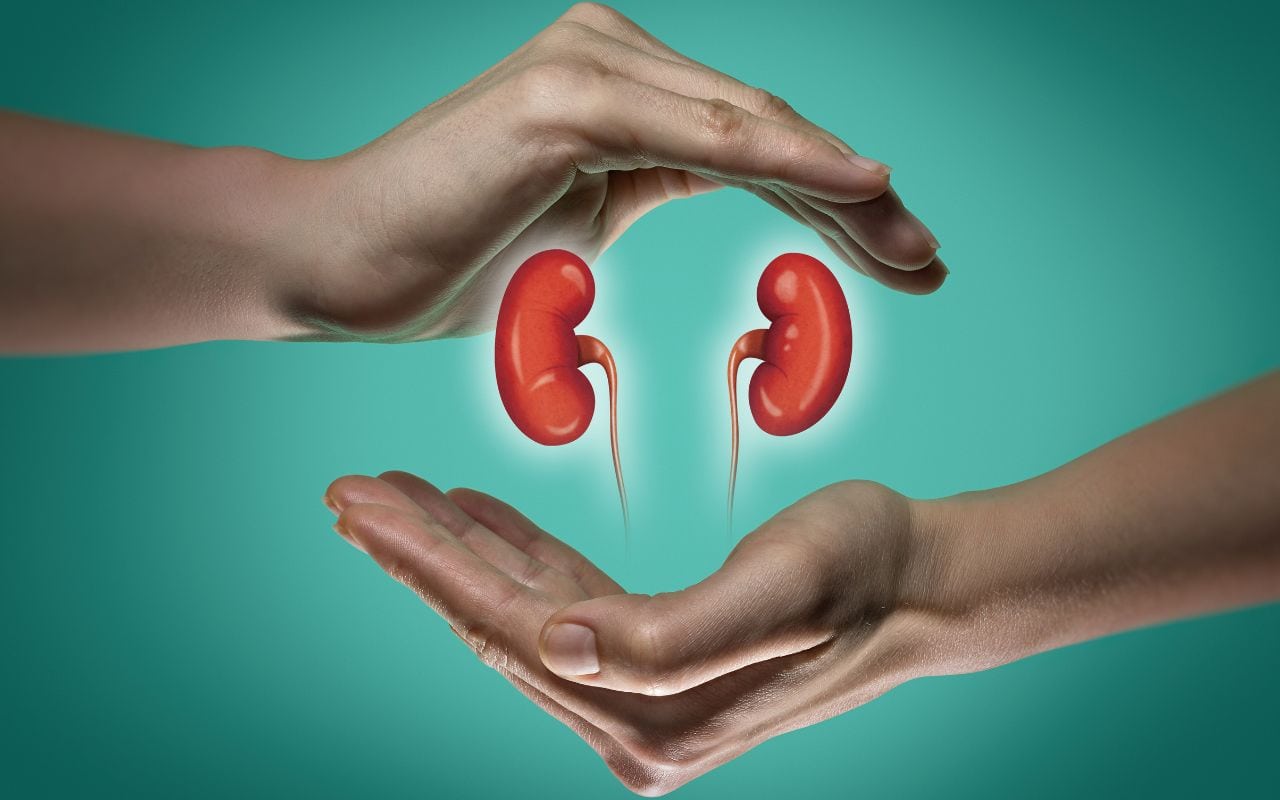
Treating the kidney meridian through yoga practice
Choose from a passive or active practice to balance your kidney meridian. By Micaela Madeddu
In Traditional Chinese Medicine the kidneys are the source of willpower and determination of the individual; they are responsible for brain, marrow, bones, hair and teeth. An imbalance in this meridian can manifest in two ways:
- The meridian is full or in excess.
- The meridian is empty or depleted.
If the meridian is out of balance from a physical point of view the individual will show signs of early ageing (teeth yellowing and decaying; hair quickly greying and hair loss), lack of libido, abnormal urination, and immune system deficiency. From a mental or spiritual point of view if the meridian is in excess it will show as an absence of fear, and recklessness; if depleted on the contrary, it will show as apathy, depression, lack of willpower and procrastination.
So, depending on how you feel, decide which type of practice would be more beneficial to you.
Passive practice will help with any excess in the meridian, while an active one will help with the depletion of the meridian. The difference between the two is simple: if you are choosing the passive option aim to hold the pose for 10 to 20 calming belly breaths (diaphragmatic breathing) and relax into it without forcing or fighting your way into it. If you need active intervention then you are meant to do the opposite, you want to energise the muscles and make them work (that is why it is called active). To stimulate the meridian, we follow its superficial Musculo-skeletal path that in this case goes from the bottom of the foot along the inside of the leg and up till it reaches the genitalia (the deep meridian will then continue along the front of the body to reach the collarbones around the sternum-clavicular joint).
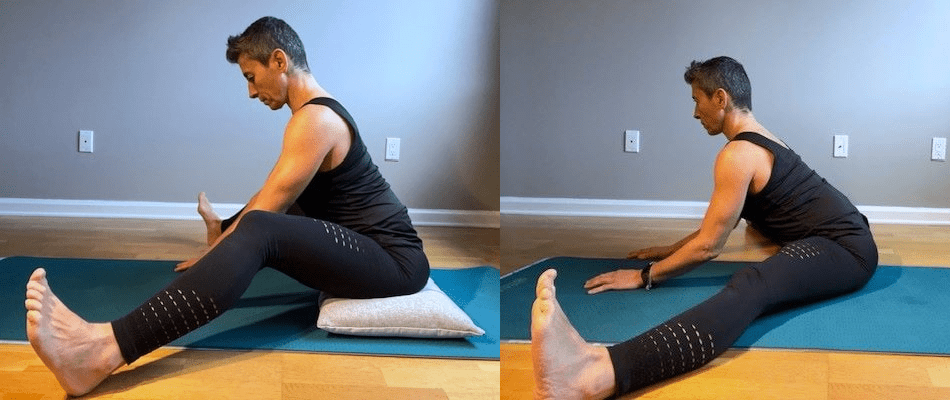
For passive practice use:
- Upavistha Konasana (wide angle seated forward bend) hold for 10-20 relaxing breaths; then sit up and ‘listen’ to your body. See image above for two options in case you struggle with the pose.
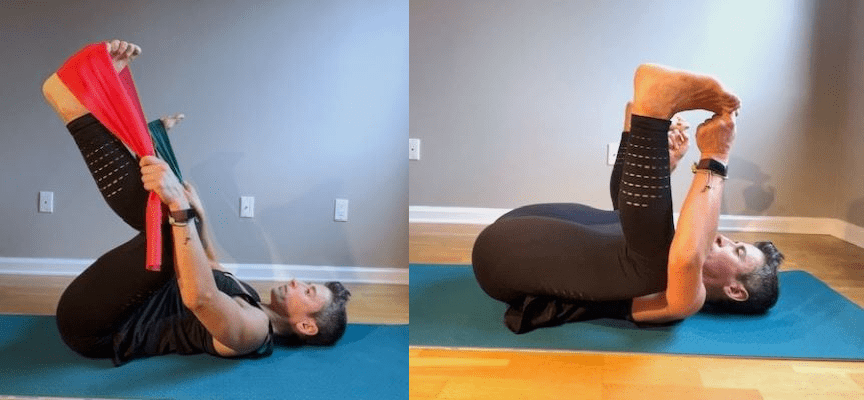
- Ananda Balasana (happy baby pose) hold for 10-20 relaxing breaths; then sit up and ‘listen’ to your body. See image above for two options in case you struggle with the pose.

For an active practice use:
- Pada Chakrasana (single leg circles), start with five circles each way, slowly progress to ten as you start feeling stronger and in control. Make sure the only thing moving is your leg, your pelvis should be perfectly still. See image above for two options in case you struggle with the pose.
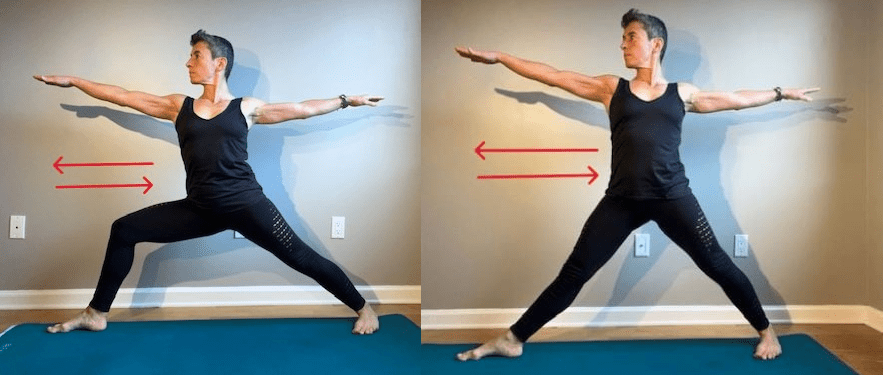
- Virabhadrasana II (warrior II), move actively in and out of the pose; start with five times on each side and as you feel stronger, and pain free move up to ten. Go as deep into the pose as you feel comfortable, make sure there is no joint pain involved, especially on the knee.


